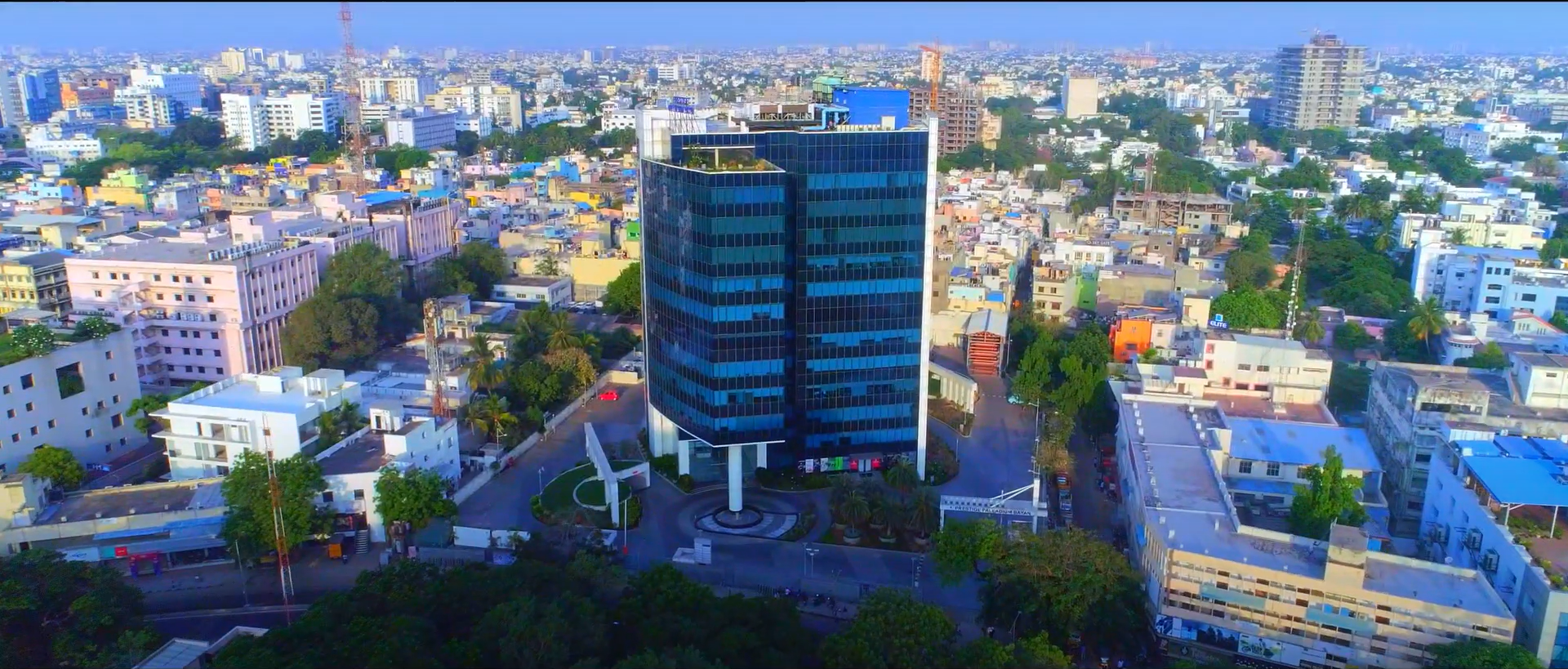What is the future of Distributed Ledger Technology (DLT)? This may be the Billion dollar question experts and tech enthusiasts are still trying to answer.
Blockchain has been around for a while now and no other DTL seemed to be good enough to fully replace the system that became famous with the Bitcoin.
Ethereum’s network is the one that came the closest to taking over the digital world. Even with improvements, its blockchain still faces the problem of scalability, although no one managed to grow a network larger than the Ethereum one.
However, in the past few years, some cryptocurrencies have been exploring other types of systems and building brand new non-blockchain solutions. Among them, there’s two that seems very promising: DAG and Hashgraph.
Dag vs Blockchain vs Hashgraph
The non-blockchain systems emerged as a way to solve two big problems of a blockchain network:
- Consensus-based method
- Scalability
In short, blockchain systems can validate a transaction using two forms of consensus – Proof of Work (PoW) or Proof of Stake (PoS). Although both are efficient and trustworthy, the first one requires a big amount of energy to be carried out.
The second one was built to be less energy consuming and make the consensus fairer among the miners. PoS also helps leverage the transition speed, but can’t solve the scalability issue.
In a blockchain network, only one block can be created at a time and the scalability is tied to the number of blocks that can be added per second in the chain and the number of transactions a given block can contain.
With the ‘blockless’ network, in theory, these problems are solved.
Developed in 2016, Hashgraph got famous for its Gossip Protocol. Just as the name suggests, the consensus is made through some gossip, once a computer (the nodes in a blockchain network) executes a transaction, it informs two other computers randomly and they will also transfer the message to two more computers
Due to the lack of blocks, the transactions happen faster and cheaper, because there are no miners and no need to link large blocks on after another.
In the DAG-based network, miners are also extinct and the users become the validators. To be able to perform one transaction, the users have to validate two old transactions.
Dag stands for Directed Acyclic Graph, a mathematical and computer science term that refers to an acyclic graphic. To make it simple, all the links made between nodes go in just one direction.
In the blockchain, a block always refers to all the blocks created before and the one that comes after itself, creating a cycle. But in the DAG, a node can only contain information about two older transactions and can never refer to itself in any path.
This also helps to make transactions faster, since there’s no need to wait for a block to be completed and validated.
Although both systems seem like a great opportunity to solve the blockchain scalability issue, none of them managed to beat the size of the Ethereum blockchain network.
So, as we can see, replacing the blockchain network has been proven to be a tough task, and we still don’t have a viable and tangible alternative for the Distributed Ledger Technology.










